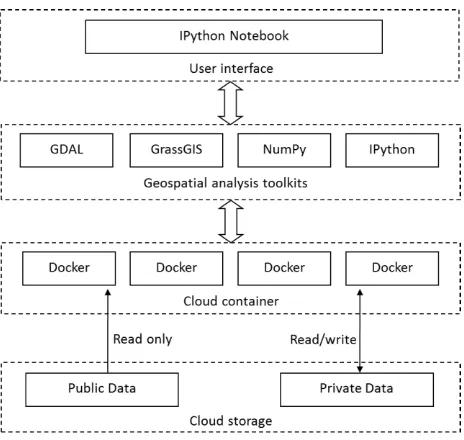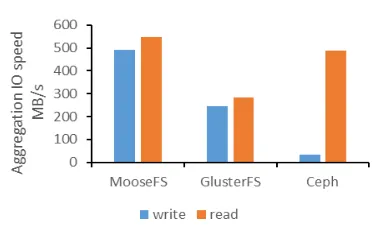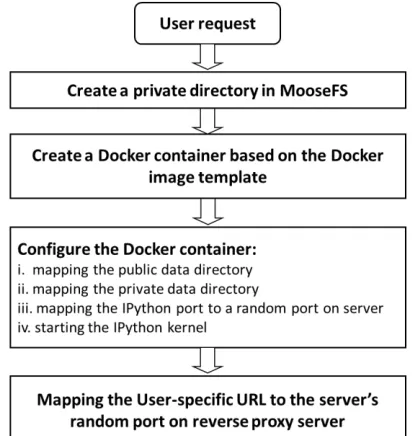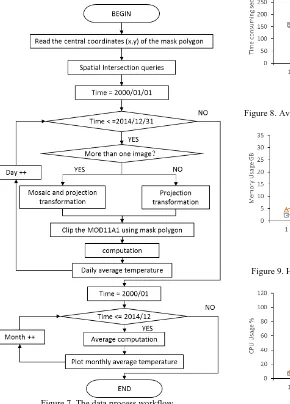isprsannals II 4 W2 43 2015
Teks penuh
Gambar




Garis besar
Dokumen terkait
This paper firstly proposes the architecture of Emergency Response/Management System, secondly explains EPA ’ s Gaussian dispersion model CALPUFF simulation workflow under high
The movement data are provided by the Metropolitan Police Automatic Personnel Location System (APLS), which records officers’ location stamps with the
Lower-level sensor measurements task are prone to errors due to noise and faulty (Iyer et al., 2008) sensors. Incorrect results can be obtained as the upper level Gram Matrix relies
The objective of this study is the generalization of the application of the sequential pattern mining method for capturing the spatial variability of landscape and their
The application of spatiotemporal (ST) analytics to integrated data from major sources such as the World Bank, United Nations, and dozens of others holds tremendous potential
The challenges for processing polygon retrieval in a large terrain dataset include how to organize, partition and distribute very large spatial datasets across
From the perspective of information fusion (Sotirls, 2005), For offline maps match like probe vehicle track matching (Pereiraf, 2009), it can also examine the position
The Service- Oriented Architecture SOA -based flood response is a method with low efficiency due to the large volume of geospatial data transfer, and this